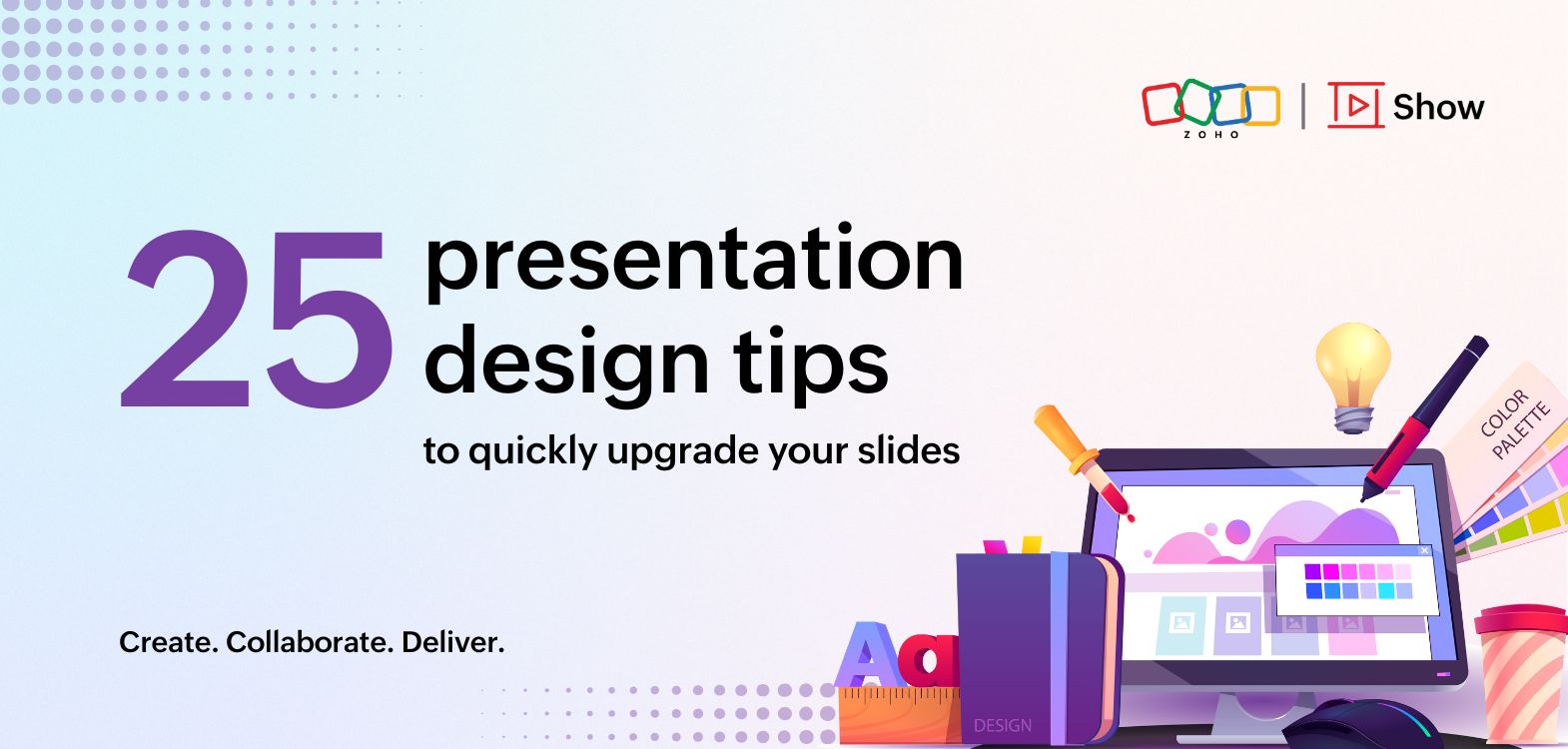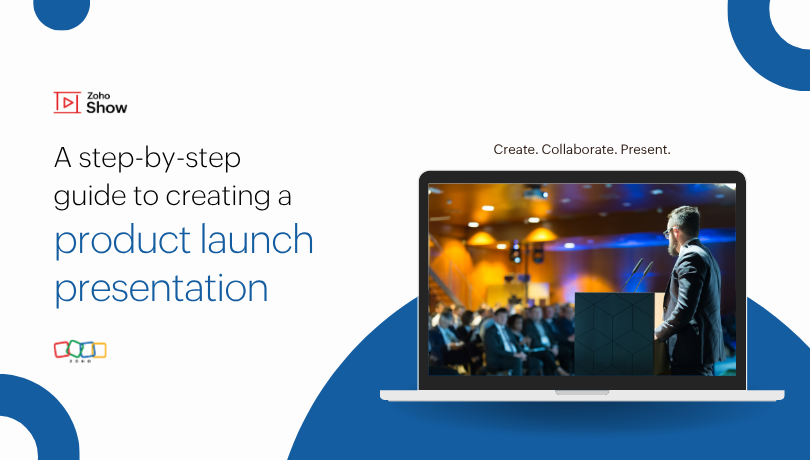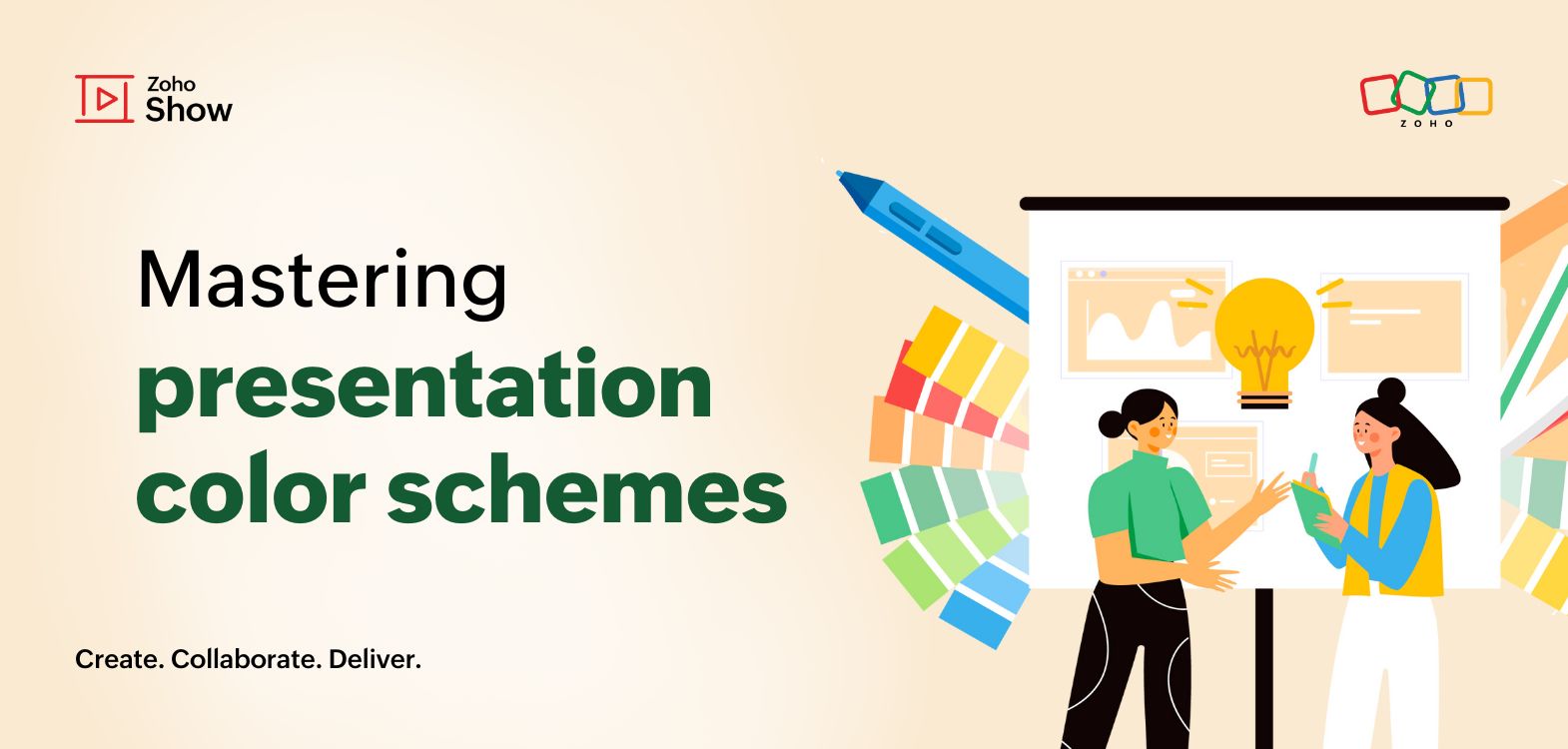- HOME
- Design & deliver
- Storytelling 101: Level up your presentations with storytelling
Storytelling 101: Level up your presentations with storytelling
- Last Updated : June 10, 2025
- 850 Views
- 6 Min Read
How many times in a meeting, a classroom, or in a social gathering have you had an interesting story to share but it did not excite your audience? Having a story is not enough. To connect with your audience, you need to master the art of storytelling, an essential skill that applies to all aspects of life.
If you have ever worked in a customer-facing role, then you might have heard some of these phrases:
- "Tell stories to connect with your audience emotionally"
- "You need to tell your client success stories to get more sales"
- "Start your presentation with a story to hook your audience"
Stories are more memorable than facts, yet most presentations still begin with a slide full of bullet points. Storytelling helps build trust, foster engagement, and drive action. In this blog, we’ll explore the importance of storytelling in presentations, the key elements that make a story work, and techniques to craft a compelling story.
What is storytelling in presentations?
"Storytelling is the most powerful way to put your ideas into the world" - Robert McKee
Storytelling in presentations involves creating a narrative to convey your message in a clear, engaging, and memorable way. Most business presentations include facts, statistics, or just data, and instead of just listing them, this approach helps weave those elements into a narrative with characters, conflict, emotion, and resolution.
Why is it important for presentations?
We listen to countless presentations, but remember only a few. Ever wondered what makes those presentations memorable? It is the ability to evoke emotions. No matter your specialty, with powerful storytelling technique, you can inspire, motivate, and positively influence anyone around you. Here's why it is important for your presentation.
- Grabs attention: Stories naturally engage the brain and hook your audience from the start and keep them interested, especially compared to facts or bullet points.
- Makes ideas memorable: People forget data but remember stories. A well-told narrative helps your message stick, making it easier to recall long after the presentation ends.
- Builds connection: Whether it is a customer journey or your personal experience, a well-told story humanizes your message and evokes empathy.
- Simplifies complex information: Stories give context and structure to complicated ideas and help your audience understand the information easily.
- Inspires action: Personal and relatable stories are more persuasive and influence decision-makers, especially when used for sales and business presentations.
Types of storytelling in presentation
Storytelling can be used in various formats, depending on the goal of your presentation.
- Brand storytelling: This type of storytelling is great for marketers looking to connect with consumers, generate more brand awareness, or increase brand loyalty.
Traditional: We focus on affordable and sustainable fashion products.
Storytelling: We started as a small business with a single goal: to make fashion sustainable and affordable for everyone. Today, we are one of the largest retail outlets in the country supporting small-scale vendors and designers.
- Product storytelling: One of the most commonly used storytelling techniques in business is to tell how your product or service has benefited the customers.
Traditional: Our app helps you streamline reporting and save time with automation.
Storytelling: Amit used to struggle and spend a substantial amount of time creating reports. With our app's integration, he can now automate tasks and create reports effortlessly.
- Visual storytelling: Using stock images, videos, infographics, animations, illustrations, and other visual elements to convey a narrative or message to engage with your audience visually.
Traditional: After redesigning our website, there has been an increase in website visitors, leading to more purchases.
Storytelling: We were facing a decline in the conversion rate, and to address the problem we redesigned the website flow and repositioned the 'Buy Now' CTA button. As you can see in this heat map, the clicks on the ‘Buy Now’ button has increased by two times.
- Data storytelling: This is used in business presentations to present numbers using different types of charts, graphs, and infographics to showcase trends and emphasize key points.
Traditional: Our net revenue dropped in Q2 due to customer churn.
Storytelling: As you can see in this sales chart, there is a drop in our net revenue this quarter as more customers have unsubscribed from the product.
- Customer success stories: These are the types of inspirational stories that create and add value to the product and services.
Traditional:Our customers love our intuitive interface and fast support.
Storytelling: Before switching to us, a Mumbai-based design agency juggled four different tools. Now, their team collaborates in one space—and they cut project turnaround time by 30%.
Now that we have understood the different types of storytelling used in presentations, here are some techniques on how to use them.
Storytelling techniques for presentations
- Hero's journey: A character faces a challenge, overcomes it, and transforms, making them the hero of the story. Examples: Customer success and founder stories.
- The mountain: A story built around a series of challenges, rising tension, and ultimately leading to final resolution. Example: Product development or project timelines.
- Nested loops: Stories within stories to build context or deeper meaning, circling back to the original narrative. Example: Complex ideas or values-based narratives.
- Sparklines: A contrast between the current reality and an inspiring future vision, designed to motivate change. Example: Vision pitches, motivational talks.
- Petal structure: Multiple short stories that revolve around a central theme or a main idea. Example: Product adoption across industries.
- False start: A story that begins normal but takes a surprising turn. Example: rags to riches stories.
- Converging ideas: Multiple perspectives or ideas merge into one key insight or a big idea. Example: Product vision, innovation stories.
Tips to elevate your storytelling and captivate your audience
- Start with a hook: Begin with a powerful anecdote, question, statistic, or fact.
- Know your audience: Analyze your audience and tailor your tone, language, and storytelling approach accordingly.
- Modulate your tone: Harness the power of your tone and voice modulation to grab audience attention.
- Be authentic: Share personal struggles, experiences, and stories to connect with your audience.
- Engage with audiences: Ask questions, conduct polls, or invite the audience to share their stories to keep them involved.
- Use supporting visuals: Captivate your audience with compelling images and videos that support and elevate your story.
- Follow a clear structure: Use the three act structure (context, challenge, and resolution) to convey your message.
- Close with a strong CTA: End with a clear takeaway, moral, or next step that ties back to your story.
- Utilize body language: Strategically use body language techniques to keep your audience hooked to your presentation.
7 features in Show that elevate your storytelling
Here are some features in Zoho Show that elevates your storytelling
1. Data Art: Convert raw data into visual stories
Data Art transforms numbers into engaging and visually compelling charts and graphs that tell a story at a glance. Ideal for business and sales performance reports.
2. Diagrams: Explain complex processes or relationships
With the Diagrams feature, you can visually walk your audience through workflows, hierarchies, processes, or cause-effect relationships. Use flowcharts or process charts to tell the customer or a user journey of the product.
3. Video recording: Add a personal layer to slides
This is ideal for asynchronous presentations that also need a personal touch or narrations. Mostly used for product walkthroughs or founder explaining his journey.
4. LiveCast: Deliver your story live to remote audiences
Present face-to-face and interact with your remote audience. This is ideal for webinars, virtual demos, Q&A sessions to engage with your audience virtually.
5. Background audio: Add narration or music to your slides
Adding background audio and voice overs elevates storytelling and keeps your audience hooked and sets a tone. Some use cases include giving voice overs for taking the audience through company history.
6. Dynamic visuals: Add relatability and personality
Use GIFs, emojis and illustrations to reinforce tone and to keep your presentation light. Popular use cases for using emojis and illustrations would be to replace bullets and talk about audience persona and demographics.
7. Chart animations: Unfold data trends step by step
Since data is an integral part of business presentations, animate your charts and graphs to reveal trends and key insights in sequence. This keeps attention focused and makes the story flow naturally with each data point.
Wrapping up!
Storytelling is not just a buzzword—it's a strategic approach that adds value to your presentations. Whether you are pitching a product, delivering reports, or building a TED Talk presentation, weaving a narrative builds emotional connection and drives action. With the right storytelling approach, you can make even the most data-heavy deck into a memorable experience. Remember, the next time you build a presentation, don’t just share information. Tell a story that sticks!



